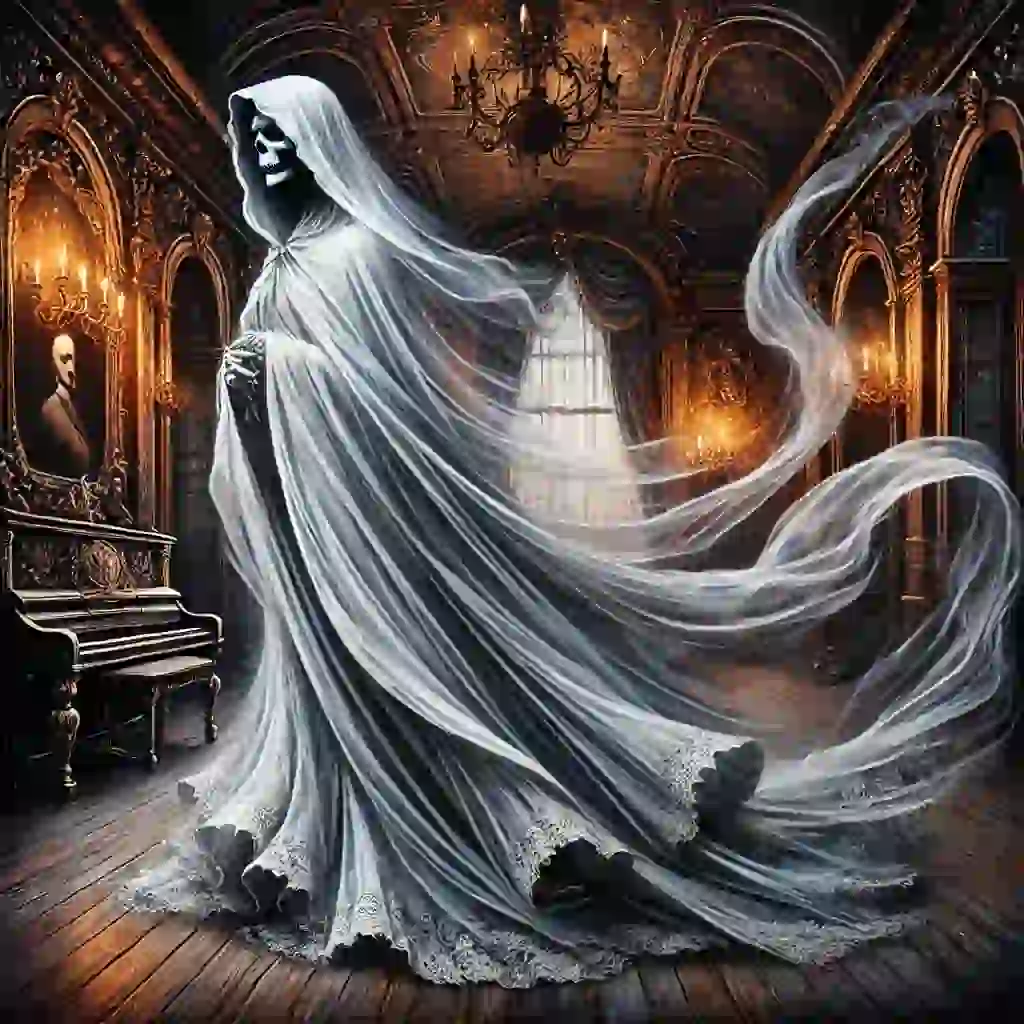Introduction to Phantom
Phantoms have intrigued humanity for centuries, appearing in folklore, literature, and modern entertainment. These mysterious entities often symbolize fear, curiosity, or wonder, depending on the context of their depiction. But what exactly are phantoms? Are they purely fictional, or do they have roots in reality?
Phantom, a term derived from the Greek word phantasma, refers to a ghostly apparition or something elusive and hard to define. In this article, we will delve into the multifaceted world of phantoms, exploring their origins, representations, and cultural significance.
The Origins of Phantom
Historical Roots of Phantom Beliefs
The concept of phantoms dates back to ancient civilizations. Early humans often attributed unexplainable phenomena to supernatural entities. In Greek mythology, phantoms were often associated with spirits of the dead, returning to convey messages or seek closure.
Phantom tales were also prominent in Roman culture, where ghostly apparitions were considered omens. These beliefs spread across Europe during the Middle Ages, further cementing the idea of phantoms as spectral entities.
Cultural Interpretations Across the Globe
Different cultures have unique interpretations of phantoms. In Japan, for instance, yurei are ghostly figures bound to the mortal world by strong emotions. In contrast, African folklore often portrays phantoms as protective spirits.
The diversity in phantom legends highlights humanity’s universal fascination with the unknown. These tales have been adapted and preserved through oral traditions, literature, and media.
Scientific Perspective on Phantoms
While phantoms are traditionally viewed as supernatural, scientific explanations attribute them to psychological phenomena. Sleep paralysis, hallucinations, and environmental factors often mimic phantom sightings.
Modern studies in neuroscience and psychology suggest that phantoms could be manifestations of the human brain under stress or fear. This rational perspective doesn’t diminish their allure but adds another layer to their mystery.
Phantoms in Literature and Media
Classic Literary Depictions
Phantoms have long been a staple in literature. Shakespeare’s Hamlet features the ghost of Hamlet’s father, seeking revenge. Charles Dickens’s A Christmas Carol introduces the phantoms of past, present, and future to teach valuable life lessons.
These literary works showcase phantoms as both narrative devices and symbolic figures, representing guilt, fate, and redemption.
Modern Media Interpretations
In contemporary media, phantoms have evolved to fit various genres. From horror movies like The Others to animated series such as Danny Phantom, these entities continue to captivate audiences.
Video games also explore phantom themes, offering interactive experiences that delve into fear and mystery. Titles like Phasmophobia challenge players to investigate ghostly phenomena.
Phantom as a Metaphor
Beyond their literal portrayal, phantoms often serve as metaphors for unresolved issues or lingering fears. Writers and creators use them to symbolize the intangible, adding depth to their narratives.
Phantoms in Popular Culture
Phantom Themes in Music and Art
The enigmatic nature of phantoms inspires artists and musicians. Songs like Phantom of the Opera and visual art often depict phantoms as representations of beauty intertwined with fear.
Artists use the concept of phantoms to evoke emotions, creating timeless works that resonate with audiences.
Phantoms in Fashion and Design
The phantom aesthetic influences fashion and design, with dark, mysterious elements featured prominently in couture. The allure of the unknown continues to shape creative industries.
Phantom in Branding and Marketing
Brands often use the concept of phantoms to evoke mystery and exclusivity. Products with names like “Phantom” capitalize on the intrigue associated with the term.
The Psychology Behind Phantom Sightings
Fear and the Unknown
Human psychology is wired to fear the unknown, making phantoms an effective tool for exploring human emotions. Fear of phantoms often stems from a primal fear of death or the afterlife.
Mass Hysteria and Collective Experiences
Phantom sightings sometimes result from mass hysteria, where groups of people report similar experiences. This phenomenon highlights the power of suggestion and collective belief.
Individual Experiences and Interpretations
Personal experiences with phantoms vary widely. While some describe them as terrifying, others find comfort in these encounters, viewing them as connections to lost loved ones.
FAQs About Phantoms
1. Are phantoms real?
The existence of phantoms remains unproven. While many believe in their presence, science often attributes sightings to psychological and environmental factors.
2. What is the difference between a ghost and a phantom?
Ghosts are typically associated with spirits of the dead, whereas phantoms can represent anything elusive or mysterious.
3. Why are phantoms so popular in horror?
Phantoms embody fear of the unknown, making them perfect for creating suspense and intrigue in horror genres.
4. How do different cultures view phantoms?
Cultural views vary, with some seeing phantoms as malevolent spirits and others as protectors or guides.





